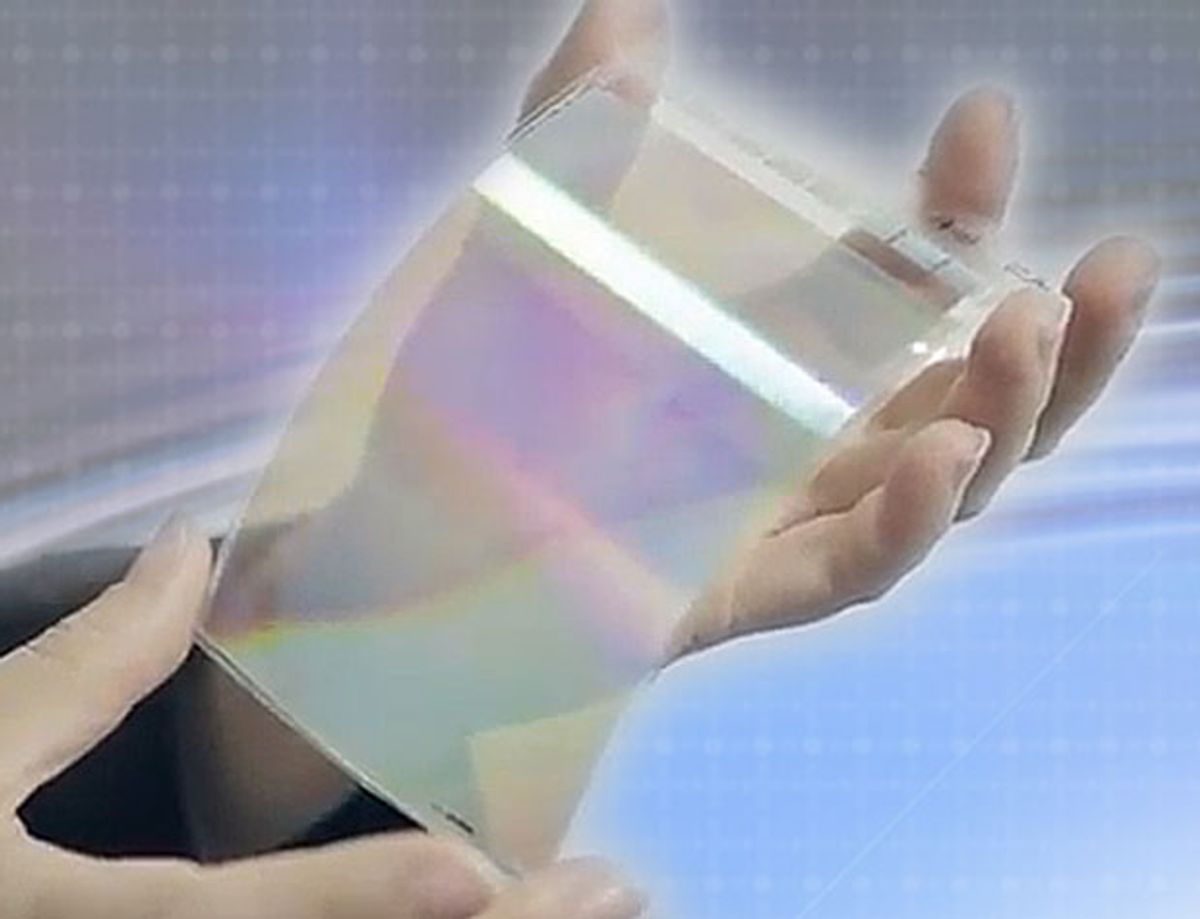Glasses-free 3D imaging on mobile devices is nothing new; the Nintendo 3DS has been around since 2010 impressing users with its 3D graphics sans spectacles. Since that breakthrough, ensuing generations have seen incremental improvements.
The thin film technology was jointly developed at Temasek Polytechnic (TP) and A*STAR’s Institute of Materials Research and Engineering’s (IMRE), both located in Singapore. The start-up Nanoveu Pte Ltd. film will commercialize and market the technology.
The film is basically a lenticular lens, which is a series of tiny lens elements that direct light to each eye. The nanoimprinting technology developed at IMRE makes it possible to create this type of lens on a plastic film.
“The filter is essentially a piece of plastic film with about half a million perfectly shaped lenses engineered onto its surface using IMRE’s proprietary nanoimprinting technology,” said Jaslyn Law, the IMRE scientist who worked with TP on the nanoimprinting R&D since 2010, in a press release.
The Singapore team apparently recognized that a stronger business model is to sell products rather than just a nanomaterial. So in addition to the plastic film, the researchers developed a few applications that will operate on both Apple iOS and Android. The applications will make it possible to convert 2D images into 3D content. They will also provide a software development kit to help game developers convert their existing games into 3D.
“The team’s expertise in both hardware and software development in 3D technology has enabled high quality 3D to be readily available to consumers,” said Mr. Frank Chan, the TP scientist who led the overall NRF-funded project, in the press release. “We have taken age-old lenticular lens technology that has been around for the last hundred years, modernized it, and patented it, using nanotechnology.”
Image: A*Star
Dexter Johnson is a contributing editor at IEEE Spectrum, with a focus on nanotechnology.




